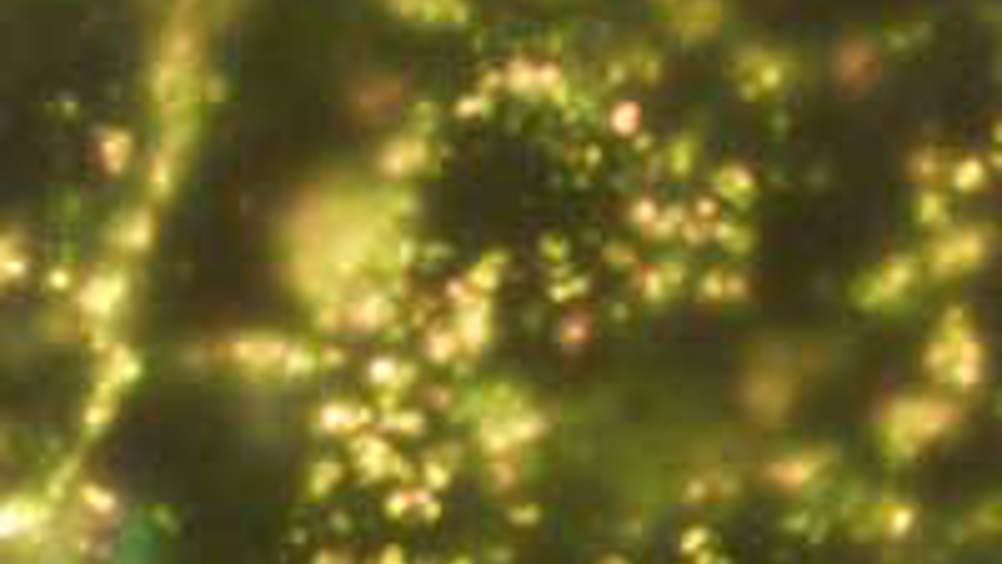Polymer-coated gold-platinum rods
Polymer-coated gold-platinum nanorods developed by chemists at Rice University could soon be used as catalysts by chemical and pharmaceutical manufacturers.

chemists have created a polymer-coated version of gold-platinum nanorods, the first catalysts of their kind that can be used in the organic solvents preferred by industry.
The chemical and pharmaceutical industries spend vast amounts of money each year on catalysts that are needed to process drugs and other high-value chemicals.
‘There are some industrial reactions where drug makers have no choice but to use platinum and palladium catalysts, but the majority of these are homogenous, which means they mix readily with reactants and are very difficult to remove,’ said lead researcher Eugene Zubarev, associate professor in chemistry at Rice. ‘Because these heavy metals are toxic, they must be completely removed from the drug after its synthesis is completed.
‘However, the removal of homogeneous catalysts is very time consuming and expensive, which creates a big problem for pharmaceutical companies.’
Among catalysts, platinum and palladium are well known for reactions involving hydrogen because atoms of hydrogen typically join together in pairs. Platinum and palladium are suited to cleaving these pairs and leaving the individual hydrogen atoms available for reactions with other molecules.
Register now to continue reading
Thanks for visiting The Engineer. You’ve now reached your monthly limit of news stories. Register for free to unlock unlimited access to all of our news coverage, as well as premium content including opinion, in-depth features and special reports.
Benefits of registering
-
In-depth insights and coverage of key emerging trends
-
Unrestricted access to special reports throughout the year
-
Daily technology news delivered straight to your inbox










Water Sector Talent Exodus Could Cripple The Sector
Maybe if things are essential for the running of a country and we want to pay a fair price we should be running these utilities on a not for profit...